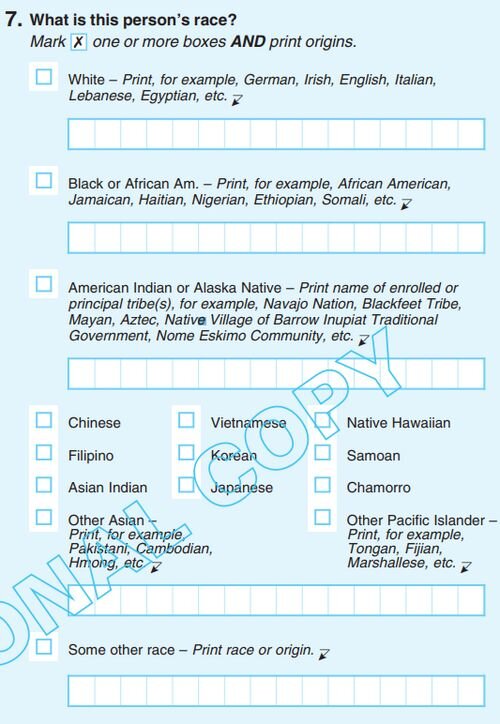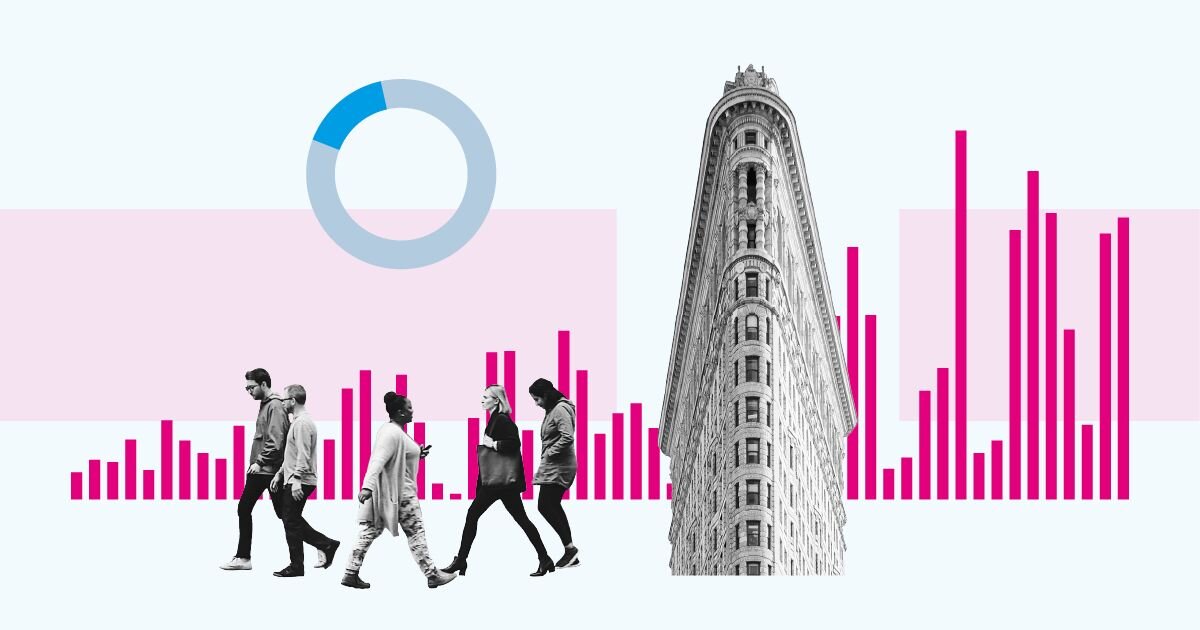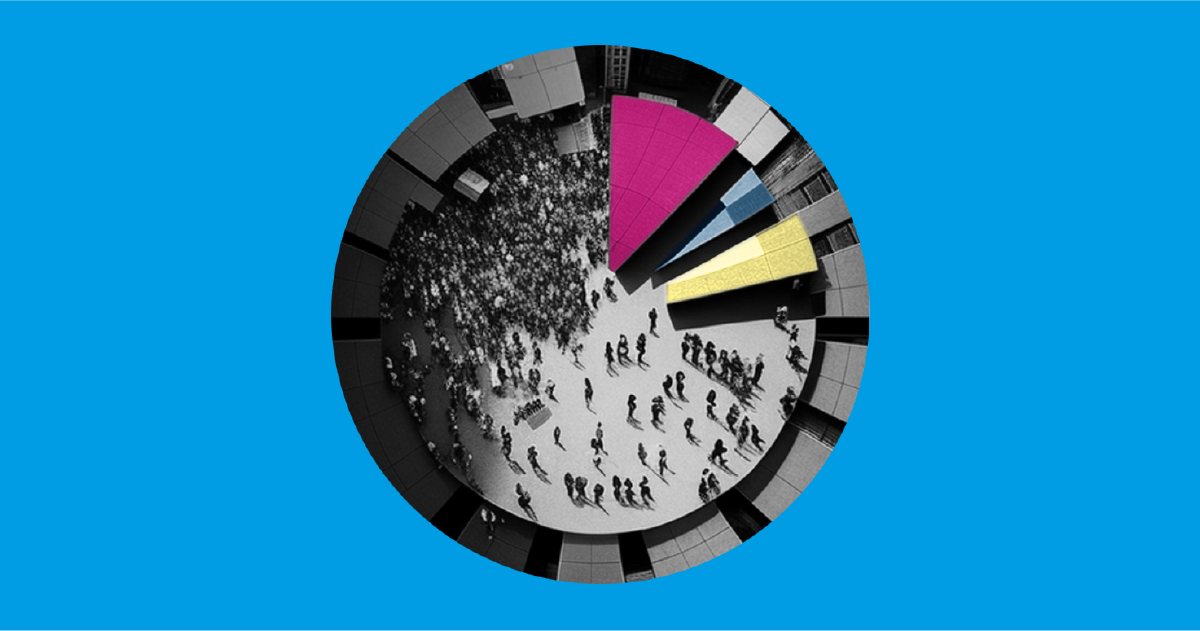There are 23.5 million Asian Americans living in the US, making up 7.1% of the US population. Among them, 3.8 million identify as Asian in combination with another race.
Asian Americans are sometimes grouped with Pacific Islanders under the “AAPI” umbrella, and the joint Asian American and Pacific Islander heritage month is celebrated annually in May. The AAPI population is the fastest growing racial group in the US, with a population that increased 27% from 2011 to 2021.
The demographics of Asian Americans vary drastically across ethnic groups. Taiwanese and Indian Americans have the highest educational and income outcomes, while Southeast Asian Americans have lower incomes and educational attainment.
Which are the largest Asian American ethnic groups in the United States?
Six Asian ethnicities have a US population exceeding 1 million. With 5.3 million people, Chinese Americans are the largest group, representing 22% of the Asian American population. The next largest groups are Indian Americans (20% of all Asian Americans), Filipino Americans (16%), Vietnamese Americans (10%), Korean Americans (8%), and Japanese Americans (7%).
Which states have the highest Asian American populations?
Three states account for 46% of the Asian American population: California, New York, and Texas. The states with the largest share of Asian Americans are Hawaii (57%), California (18%), and Washington (12%).
How do Asian Americans’ education levels and income differ by ethnicity?
Fifty-five percent of Asian Americans over age 25 have a bachelor’s degree, compared with 35% of the total population. About 80% of Taiwanese Americans have a bachelor’s, the highest of any Asian ethnicity. At 76%, Indian Americans make up the next highest percentage. Laotian Americans have the lowest educational attainment among Asian ethnicities.
The median household income for Asian American households is $97,626 a year, 40% higher than the US median of $69,717. Two Asian American ethnic groups have median household income above $100,000: the median for Indian American households is $138,418, and the median for Taiwanese American households is $117,652.
How do Asian-American family structures differ by ethnicity?
Asian-Americans tend to be more family-based than the average US household. Seventy-one percent of Asian households are made up of families — instead of people living alone or with unrelated people — compared with 65% of all households.
Subscribe to get unbiased, data-driven insights sent to your inbox weekly.
With an average of 3.4 people, Asian American families are also larger than the average of all US families at 3.2.
The average Hmong, Burmese, Pakistani, or Bangladeshi American family in the US all have more than four members. Korean and Japanese American families are the smallest among all groups, with an average size of 3.1.
How does the government define Asian American, and where does the data come from?
In 1997, the Office of Management and Budget (OMB) outlined the current standards for federal data on race and ethnicity that separated the “Asian or Pacific Islander” category into "Asian" and "Native Hawaiian or Other Pacific Islander.”
The Census Bureau, in accordance with this, defines an Asian person as “a person having origins in any of the original peoples of the Far East, Southeast Asia, or the Indian subcontinent including, for example, Cambodia, China, India, Japan, Korea, Malaysia, Pakistan, the Philippine Islands, Thailand, and Vietnam.”
A sample census form

The agency has never had a checkbox for “Asian” or “Asian American” in its official census forms. In the 2020 census form, there were checkboxes for six Asian ethnicities — Chinese, Filipino, Asian Indian, Vietnamese, Korean, and Japanese — along with a seventh “Other Asian” category accompanied by a fill-in text area.
The 2021 American Community Survey provides the latest available demographic data on Asian Americans, with wo datasets for each ethnicity: one that includes multiracial people and another that excludes them. This article includes those who identify as an Asian ethnicity in combination with others. It also lists Taiwanese Americans separately from Chinese Americans.
Learn more about US demographics, Pacific Islander Demographics, the jobs with the most Asian Americans, and get the facts every week by signing up for our newsletter.
Related population articles
Read data analyses written by the USAFacts team.
Page sources and methodology
All of the data on the page was sourced directly from government agencies. The analysis and final review was performed by USAFacts.
Census Bureau
American Community Survey 1-Year Estimates (2021)
Office of Management and Budget
Revisions to the Standards for the Classification of Federal Data on Race and Ethnicity




